Bloomberg | Bloomberg | Getty Images
This was lower than the 2.2% expected by economists polled by Reuters, and is almost touching the lower band of the 2%-3% target set by the Reserve Bank of Australia.
On a quarter-over-quarter basis, inflation slowed to 0.7%, compared to 0.8% expected in the Reuters poll and 0.9% in the first quarter.
The Australian Bureau of Statistics revealed that the most significant price rises in the quarter were seen in housing, food and non-alcoholic beverages and health, although a fall in transport costs partially offset the rise.
On July 24, RBA governor Michelle Bullock said in a speech that she expected headline inflation in the June quarter “to be in the lower half of our 2%–3% target range,” while explaining that it partly reflects the ongoing effect of temporary cost-of-living relief.
“As that effect unwinds, we expect headline inflation to pick up to around the top of the band at the end of this year and into the first part of 2026,” she added.
The RBA has cut rates twice so far this year — each by 25 basis points — since it raised it to a 12-year high of 4.35% to combat higher-than-anticipated inflation.
While inflation figures have been supportive of a rate cut, the RBA has left its policy rate unchanged at 3.85% in its previous meeting, defying expectations from economists.
Minutes from the RBA’s July meeting revealed that board members preferred to keep the rate steady, to confirm that inflation would fall within the target band.
The RBA said some indicators came in stronger than forecasted, including monthly indicators of inflation and private demand growth for the March quarter. Additionally, it noted that conditions in the labour market had not eased as anticipated.
A July 25 note by Bank of America said they expected the second-quarter inflation figures to provide sufficient evidence for the RBA to cut its policy rate by 25 basis points at its August meeting.
“The weaker global growth backdrop, coupled with the unemployment rate rising to 4.3% in June, increases our conviction in a cut,” the analysts said.
Australia’s GDP grew less than expected in the first quarter of 2025, expanding 1.3% year over year and lower than the estimated 1.5% growth in a Reuters poll.
On a quarter-over-quarter basis, the economy expanded 0.2%, undershooting expectations for a 0.4% growth.
Katherine Keenan, ABS head of national accounts, attributed the soft growth to shrinking public spending and weakened consumer demand and exports.
—This is breaking news, please check back for updates.

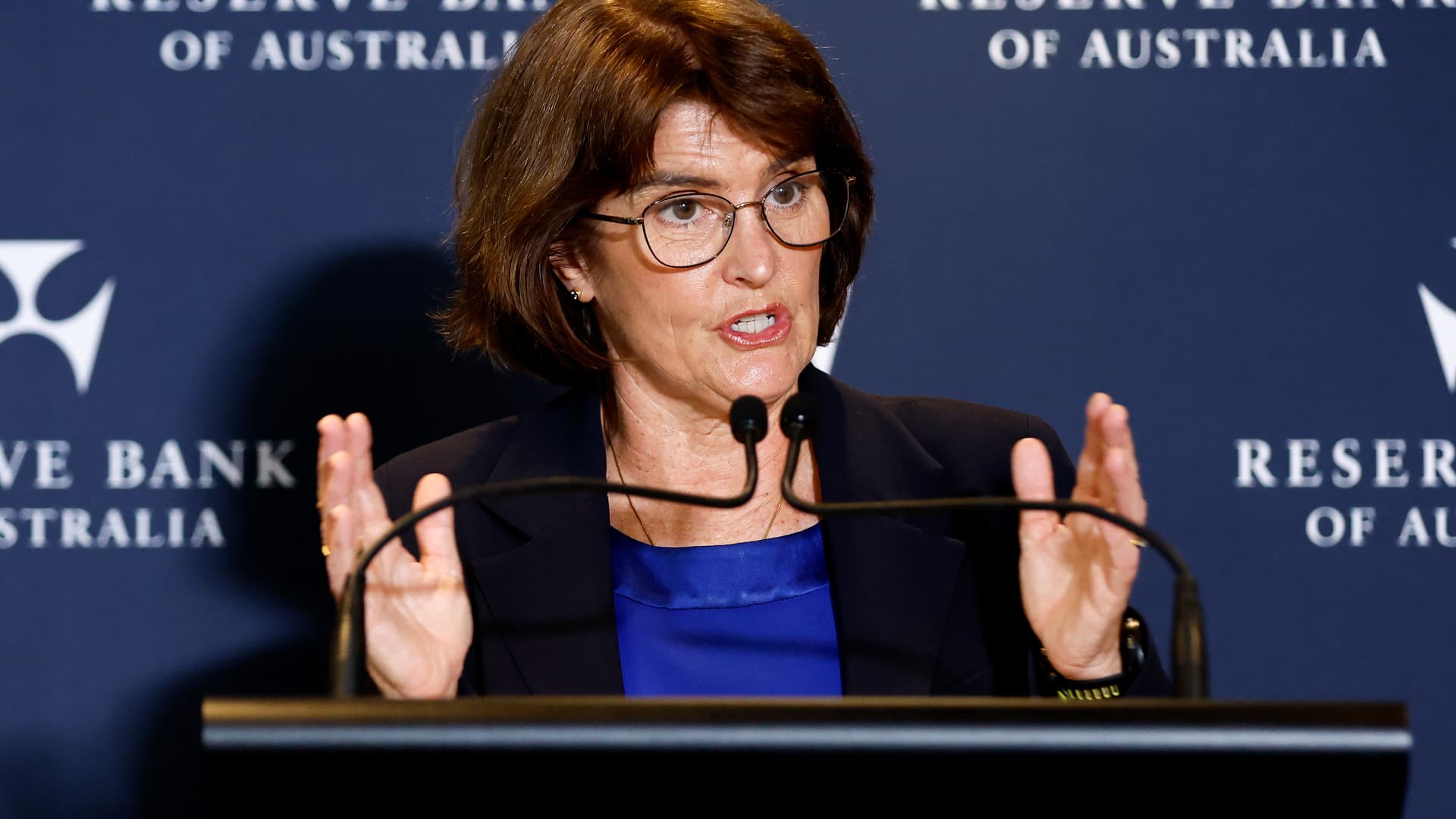
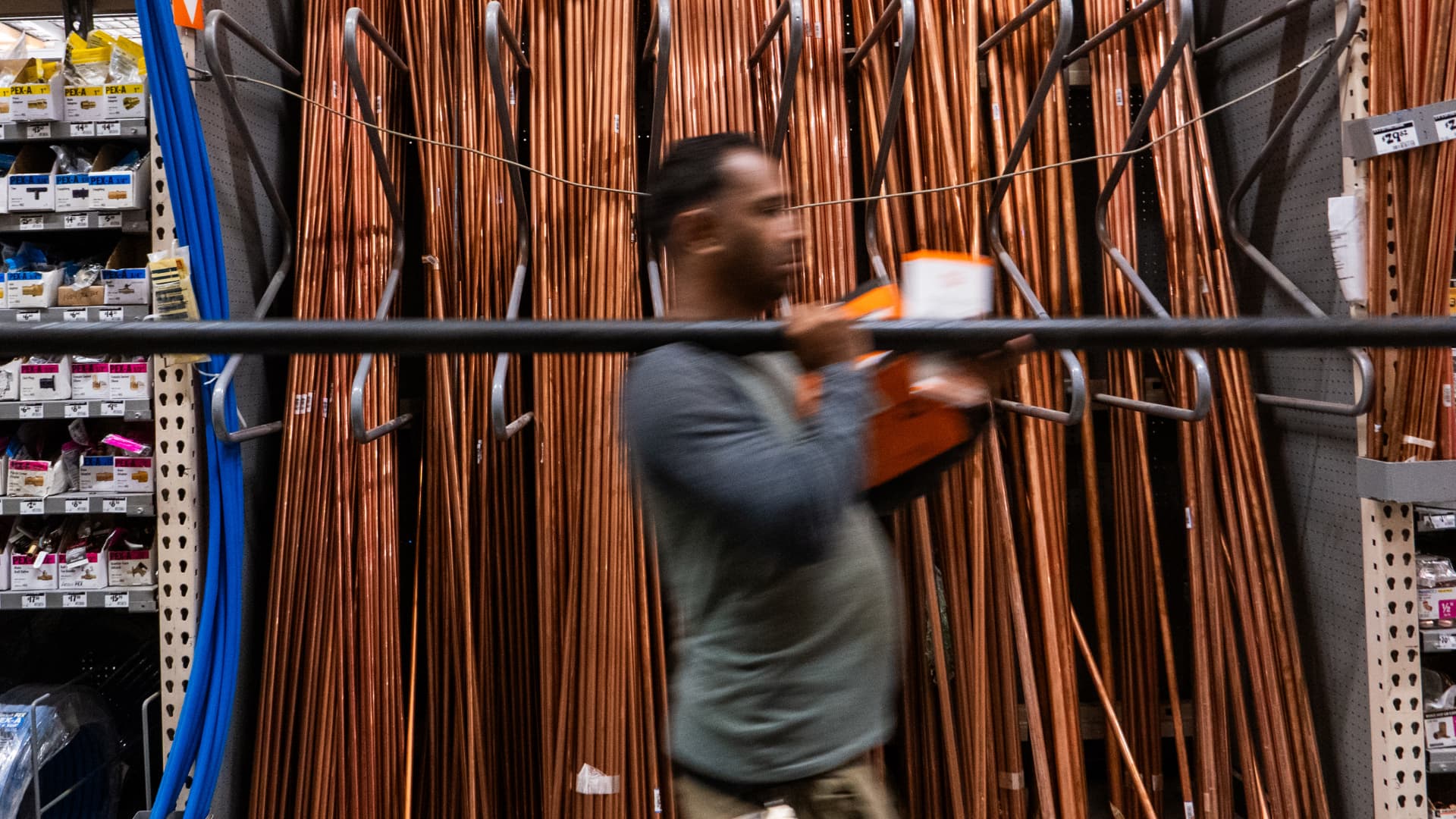
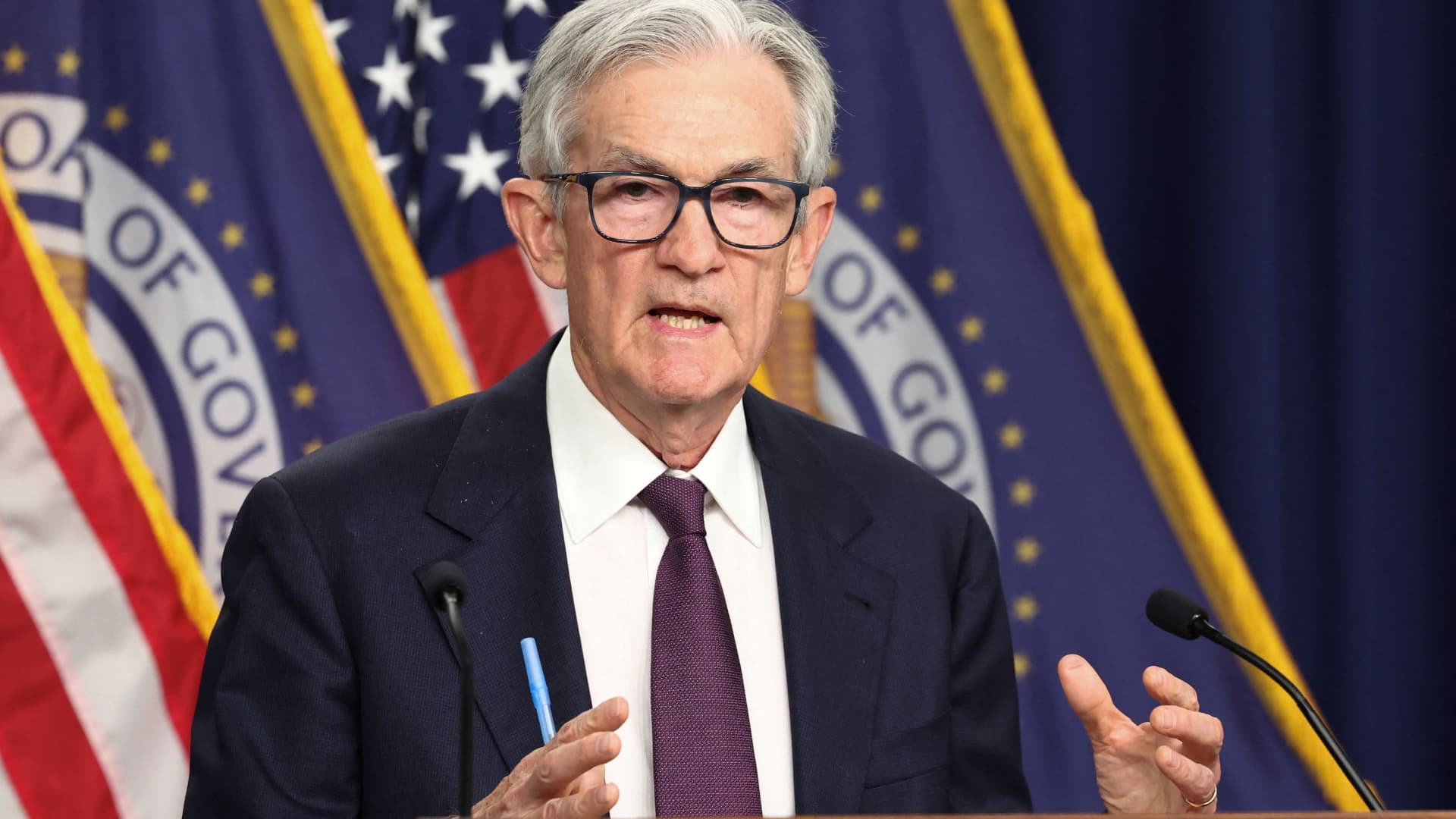
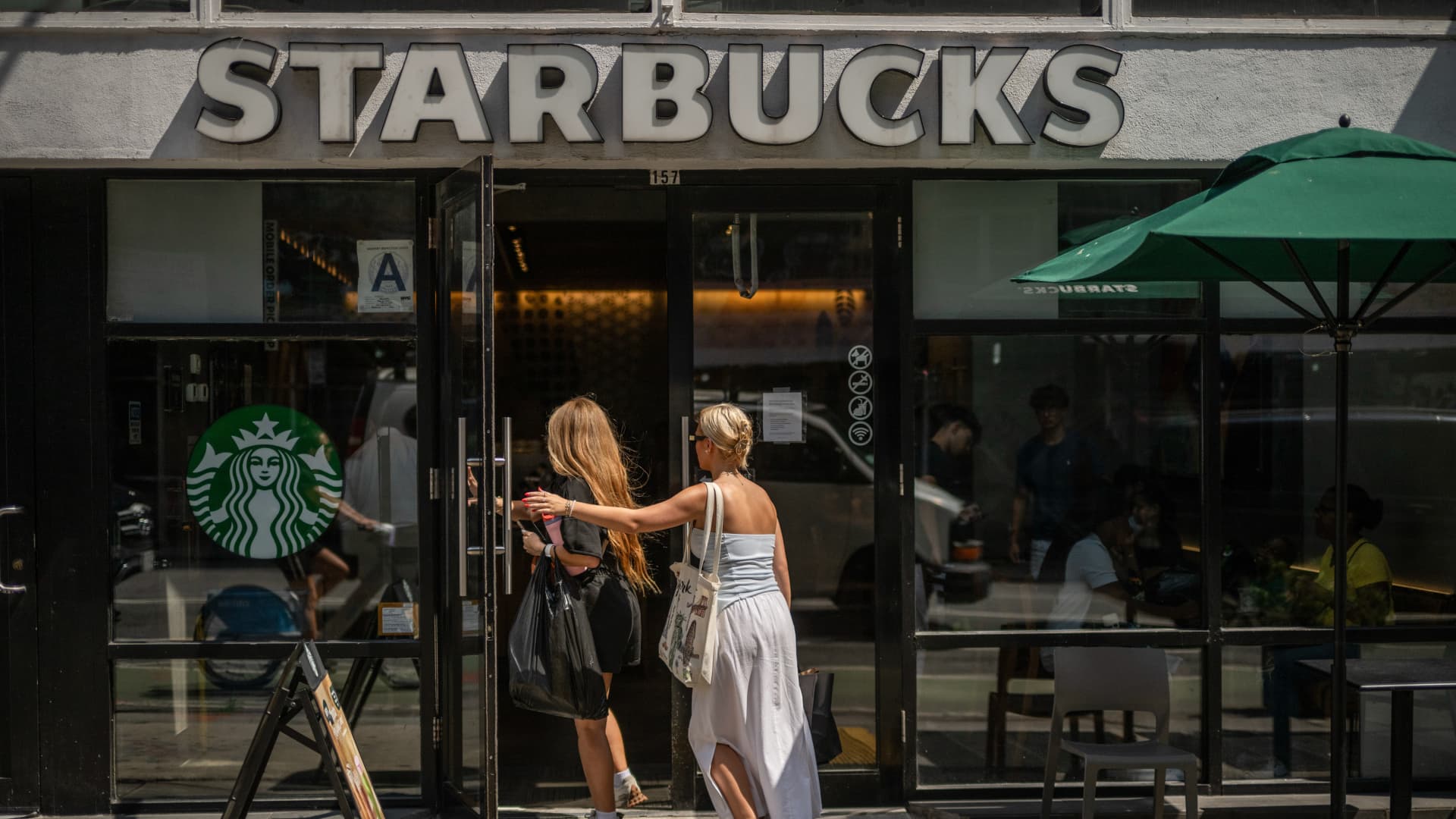
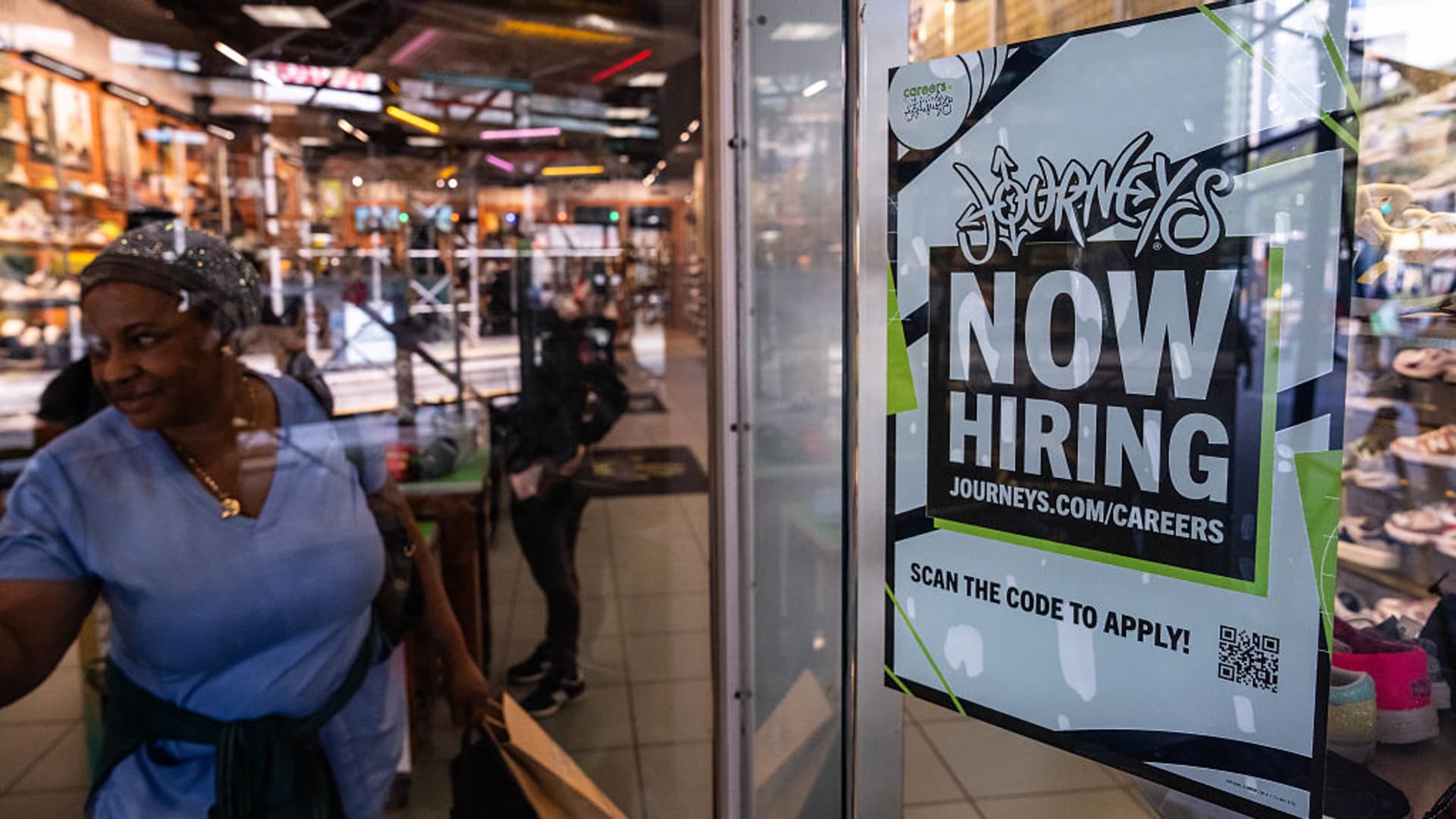

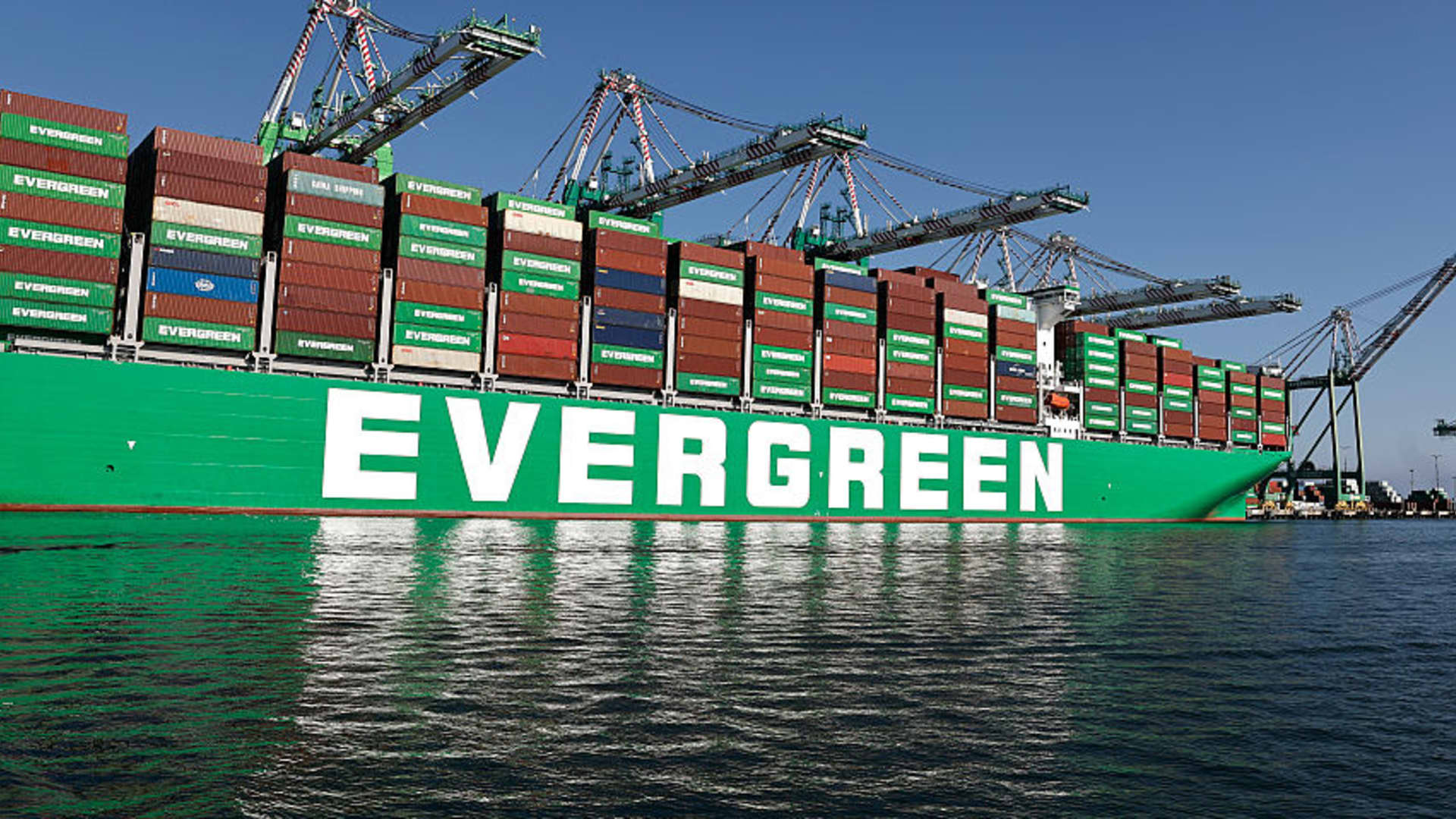

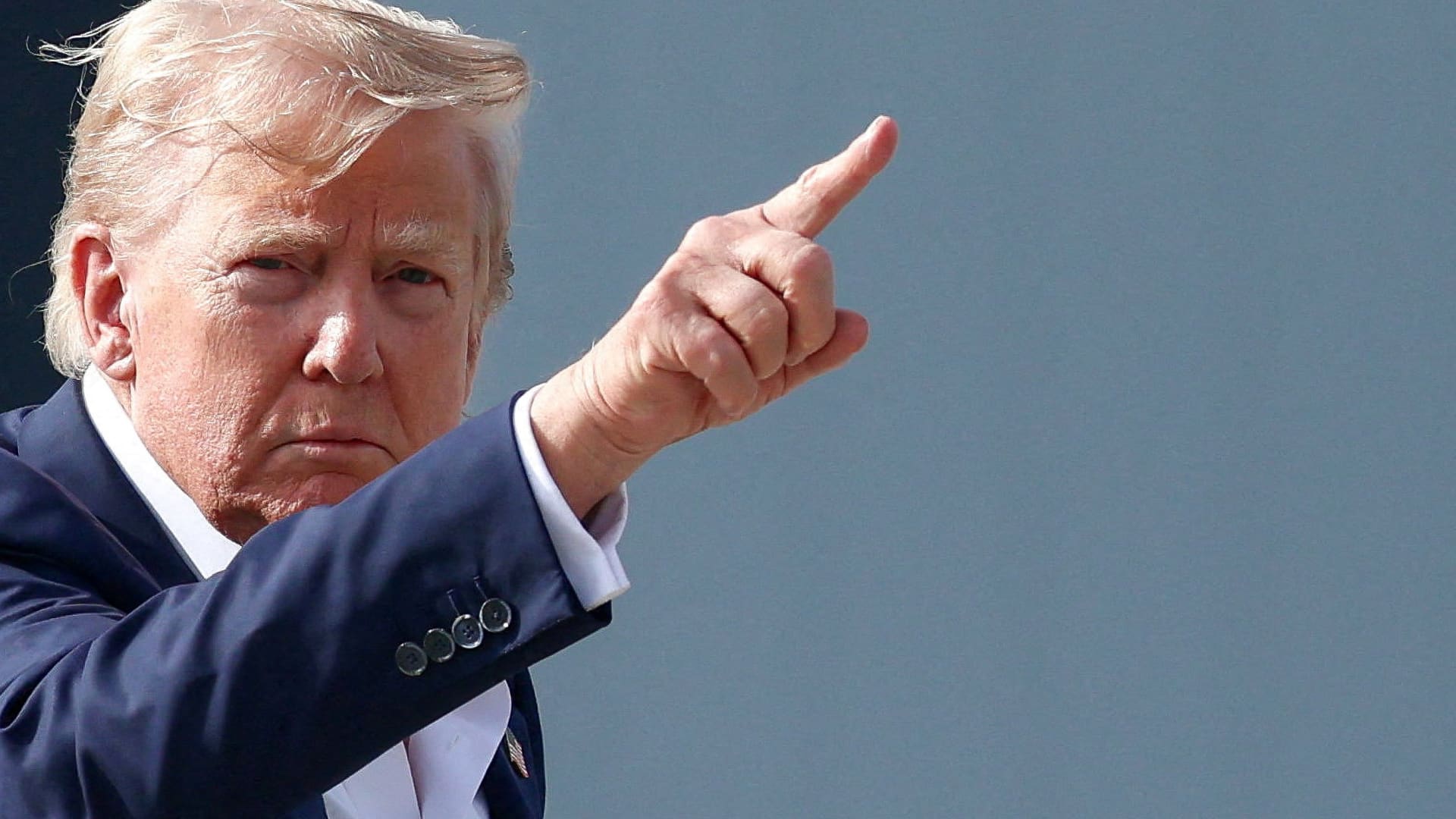
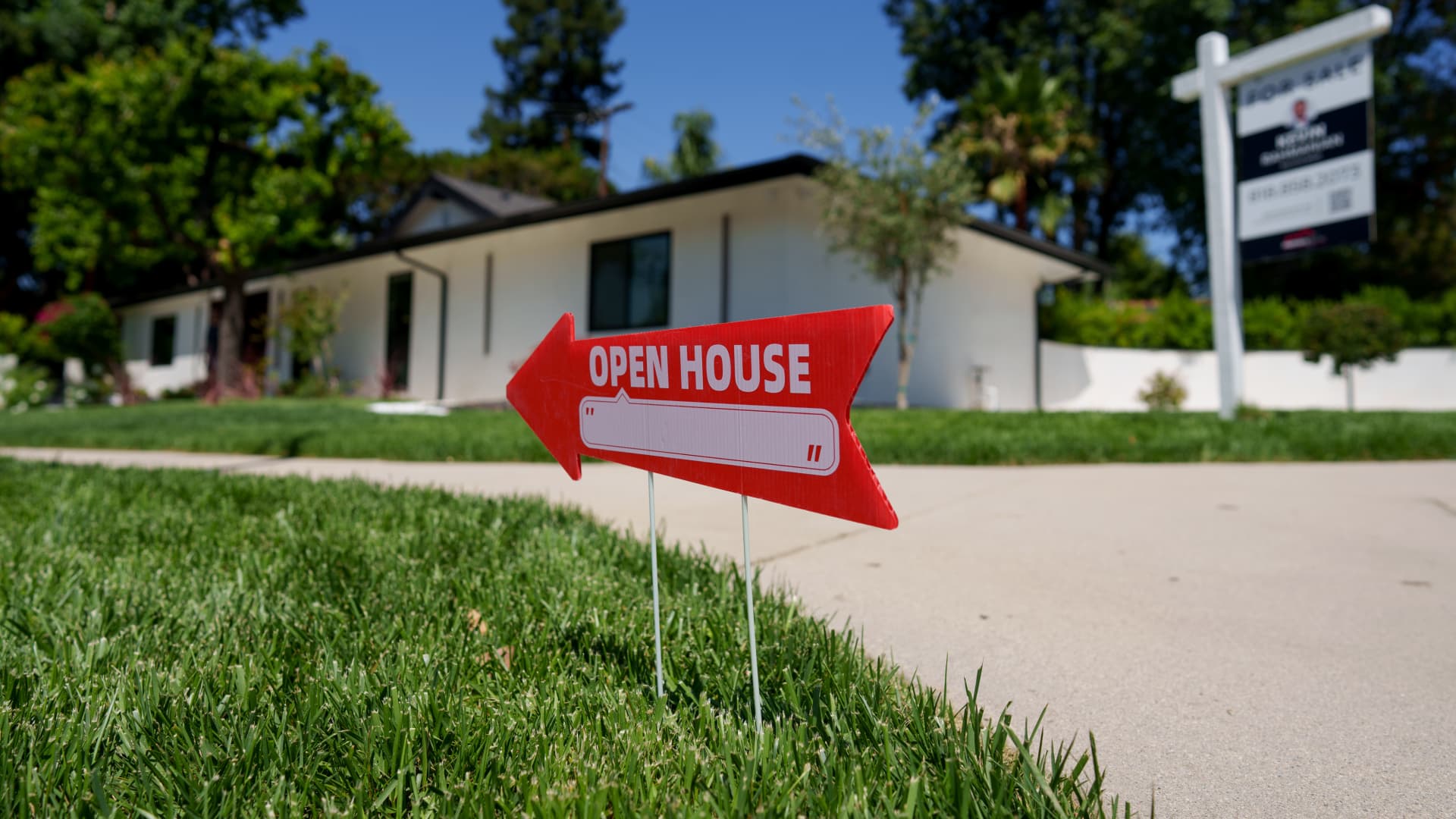

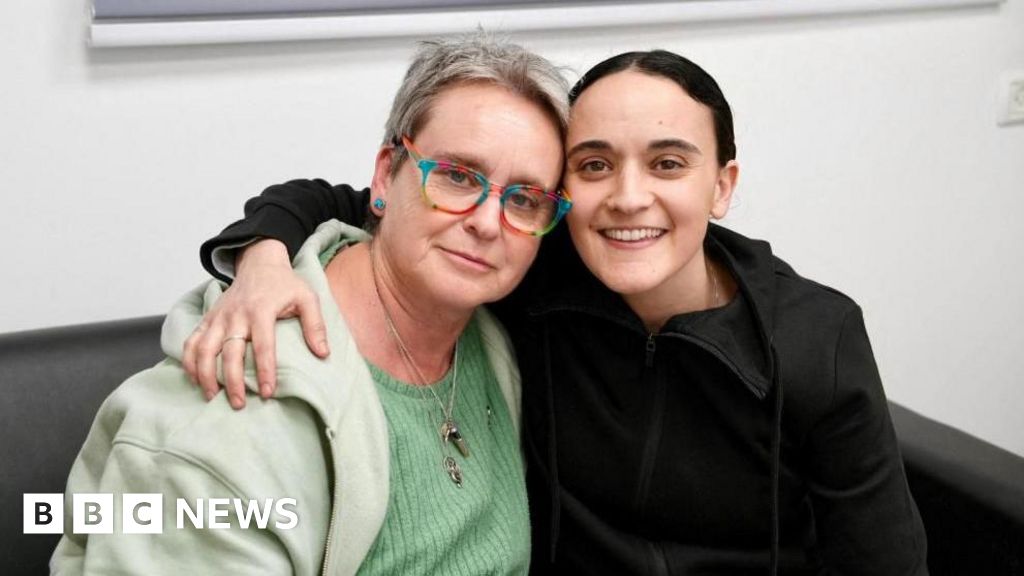

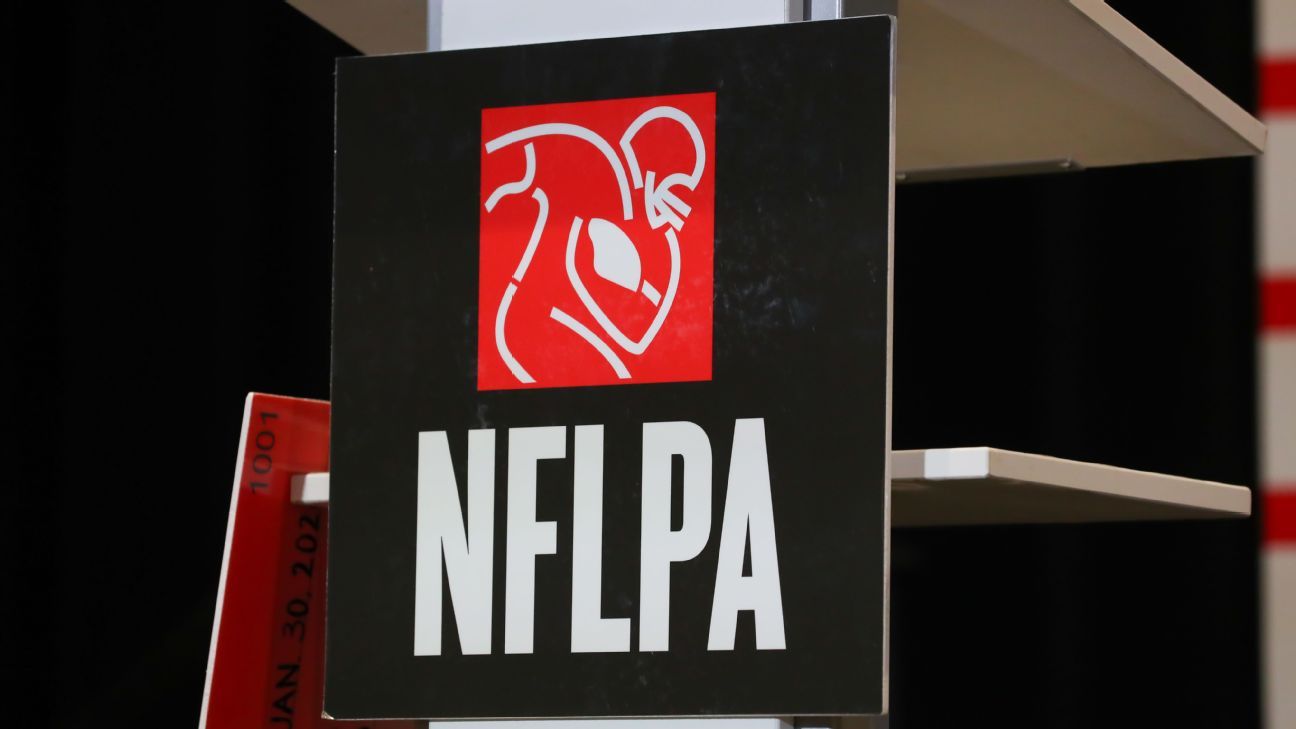
Leave a Reply